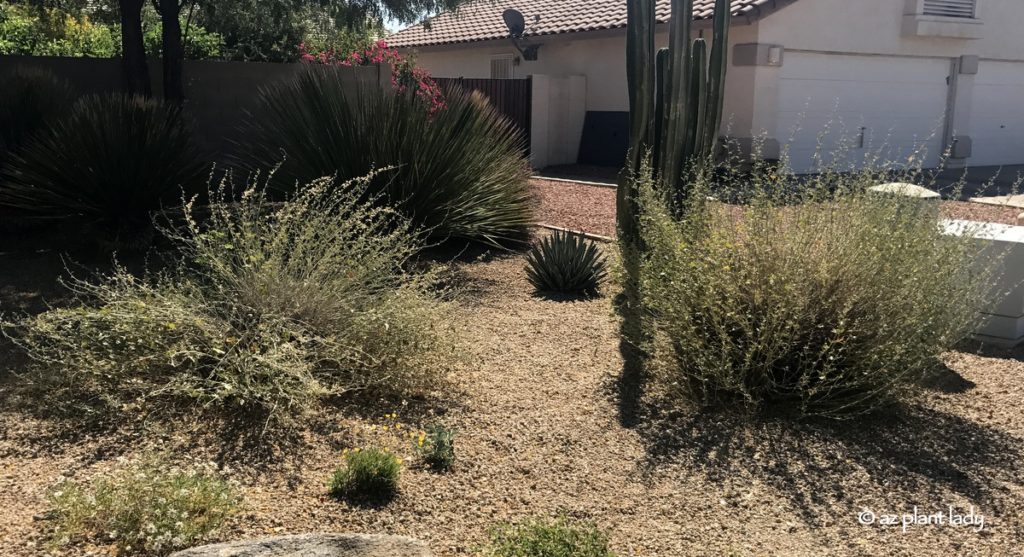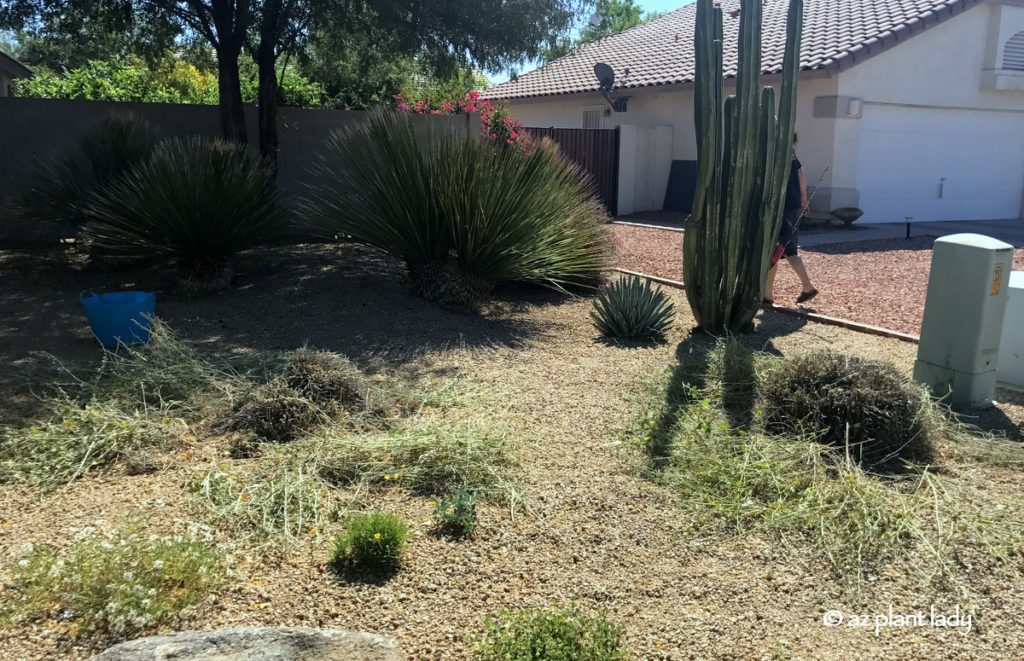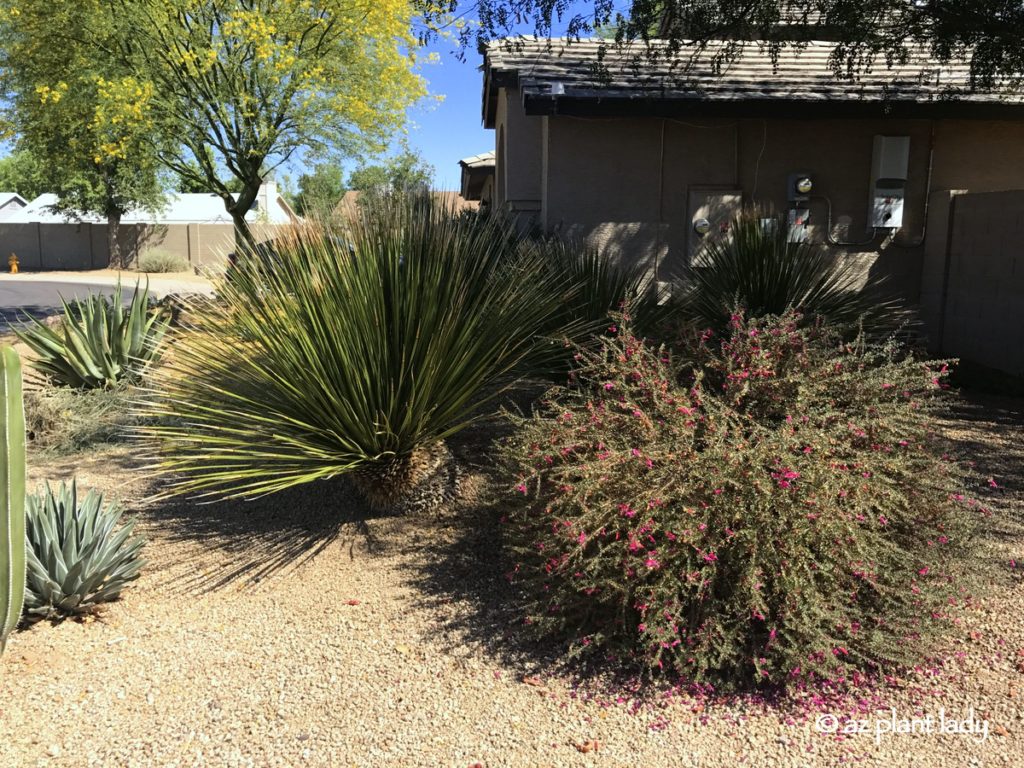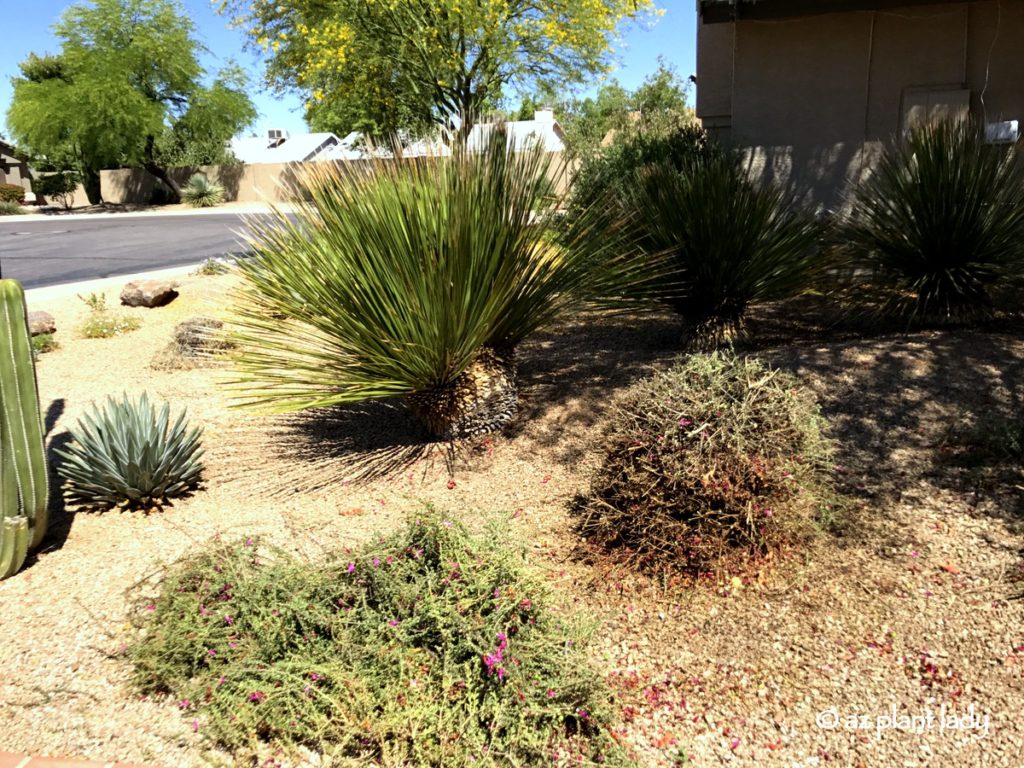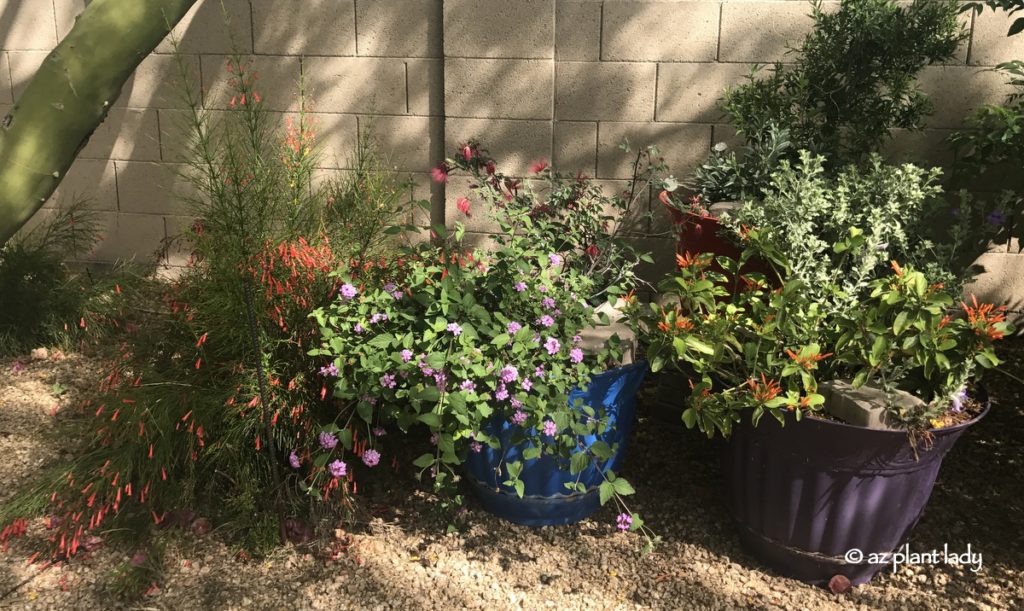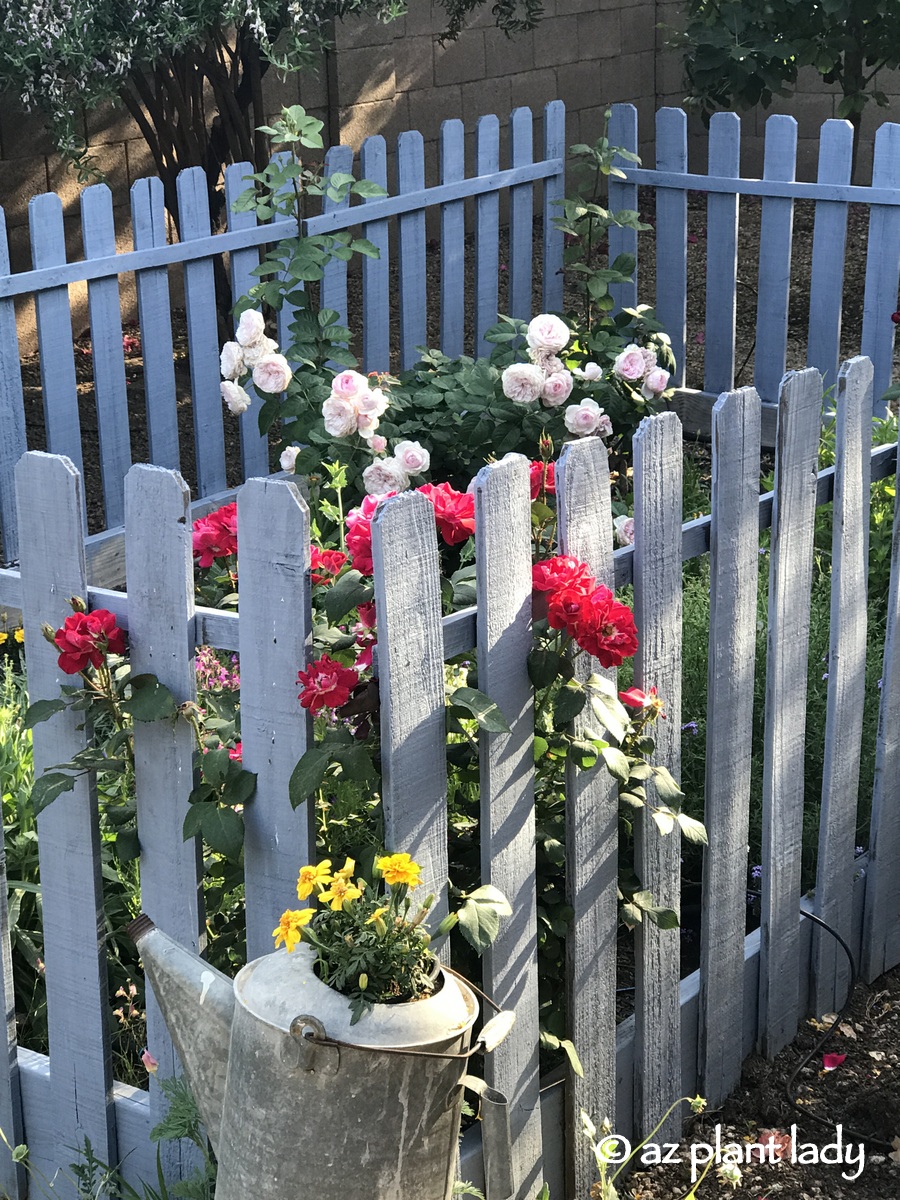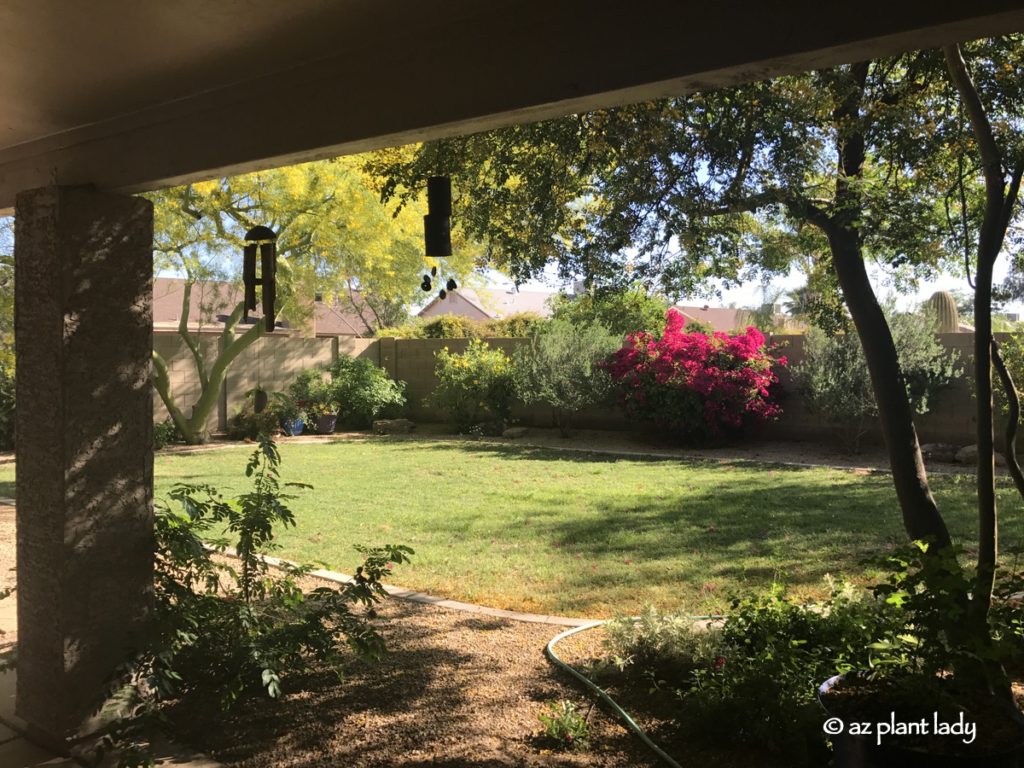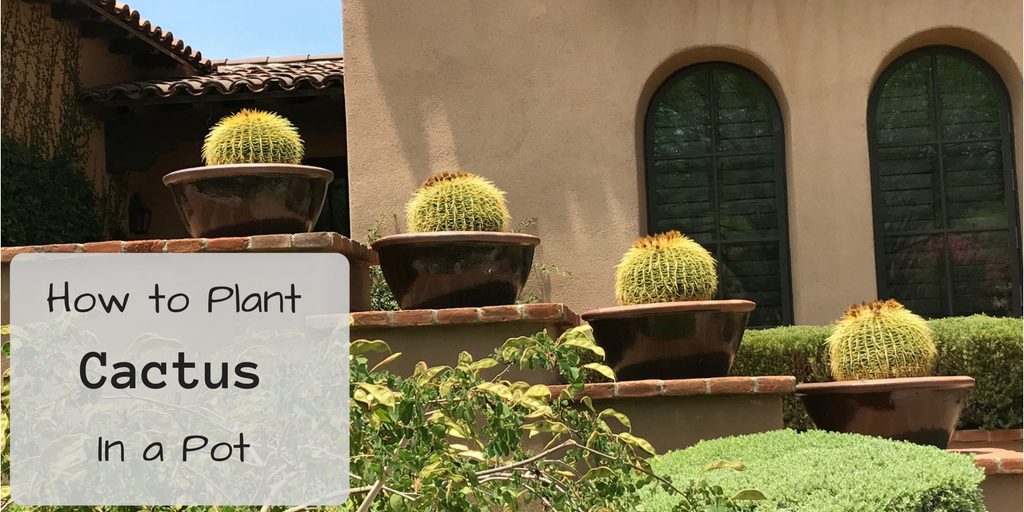
The Art of Container Cacti
Have you ever seen the beauty of cactuses showcased in containers? Adding a cactus to a container helps to set it apart from the rest of the landscape and helps it to stand out so that its unique texture and shape really stand out. However, if the thought of having to plant a prickly cactus yourself has given you second thoughts about doing it yourself, it isn’t as hard as it seems. Let’s take a closer look at how to plant a cactus in a pot.
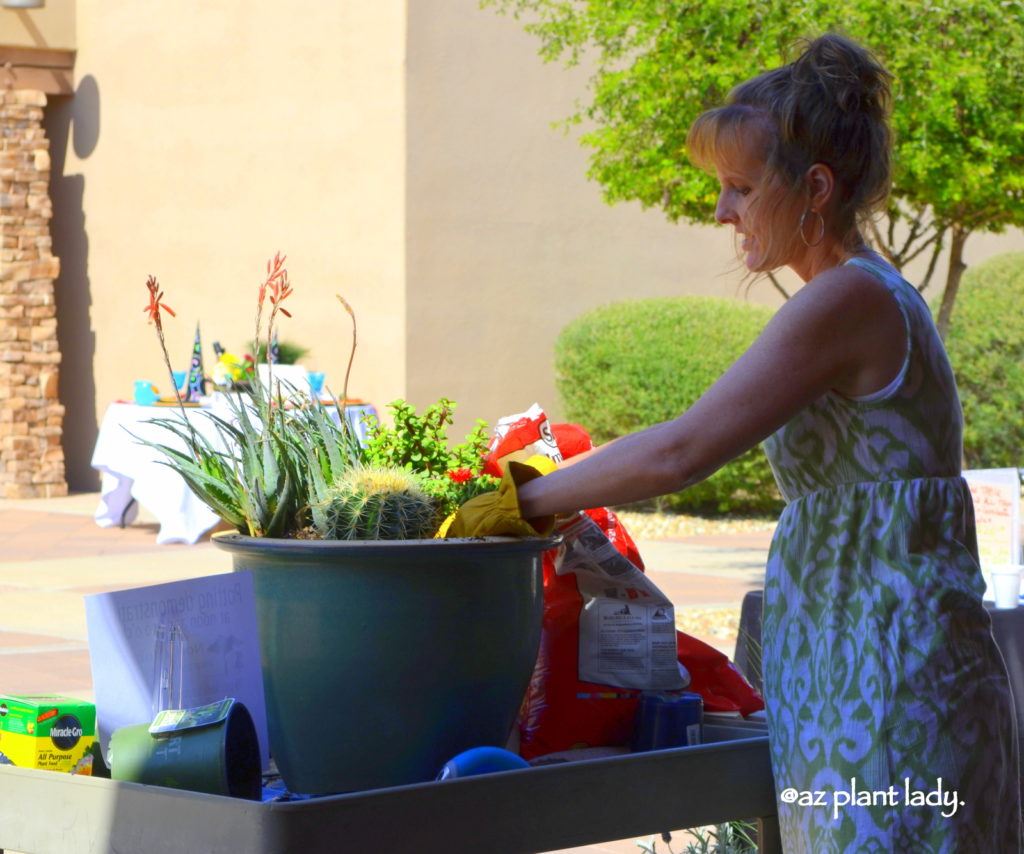
Tried and True Cactus Planting Steps
I have planted my share of cactus over my career (usually) without getting stabbed with the spines. My method of choice is to use an old towel to cover the cactus while I removing it from a pot and planting it. However, on a trip to B&B Cactus Farm in Tucson, I was able to observed an expert at work (see the video below for a few smart tips).
1. Selecting the Right Container
Choose a large pot with good drainage that is at least 2-3 inches wider in diameter than the cactus. Ensure the container is made of a durable material like terracotta or ceramic. This will provide stability and allow the cactus to grow comfortably.
2. Gathering Your Materials
Gather the necessary materials:
- Large cactus
- Well-draining cactus potting mix
- Gravel or small rocks
- Safety gloves
- Tongs, newspaper, or plastic bag
- A piece of burlap or an old towel
3. Preparing the Pot
- Start by placing a layer of gravel or small rocks at the bottom of the pot to enhance drainage.
- Fill the pot with the well-draining cactus potting mix, leaving enough space at the top for your cactus.
4. Handling the Cactus
- Put on safety gloves to protect your hands from the cactus spines.
- Use tongs or wrap the cactus in newspaper or plastic bags to gently lift it out of its current container. Be cautious not to damage the roots or prick yourself.
5. Positioning the Cactus
- Carefully position the cactus in the center of the prepared pot, ensuring it sits at the same depth as it was in its original container. You may need someone to help hold the cactus steady while you fill in the soil.
6. Filling the Pot with Soil
- Using the well-draining cactus potting mix, start filling in the space around the cactus. Tamp the soil down gently to provide stability.
7. Mulching (Optional)
- Consider adding a layer of decorative gravel or small stones on top of the soil for both aesthetics and to help prevent moisture loss.
8. Watering
- Water the newly potted cactus sparingly, allowing the soil to become slightly dry between waterings. Overwatering can lead to root rot.
9. Placement and Sunlight
- Find a suitable location for your potted cactus. Most cacti prefer bright, indirect sunlight, so place it near a window with filtered light. Avoid direct, intense sunlight initially.
10. Maintenance
- Regularly inspect your cactus for signs of pests, disease, or any issues with drainage.
- Re-pot your cactus into a larger container when it outgrows its current pot.
By following these steps, you can successfully plant a large cactus in a pot, creating an attractive and low-maintenance addition to your indoor or outdoor space.
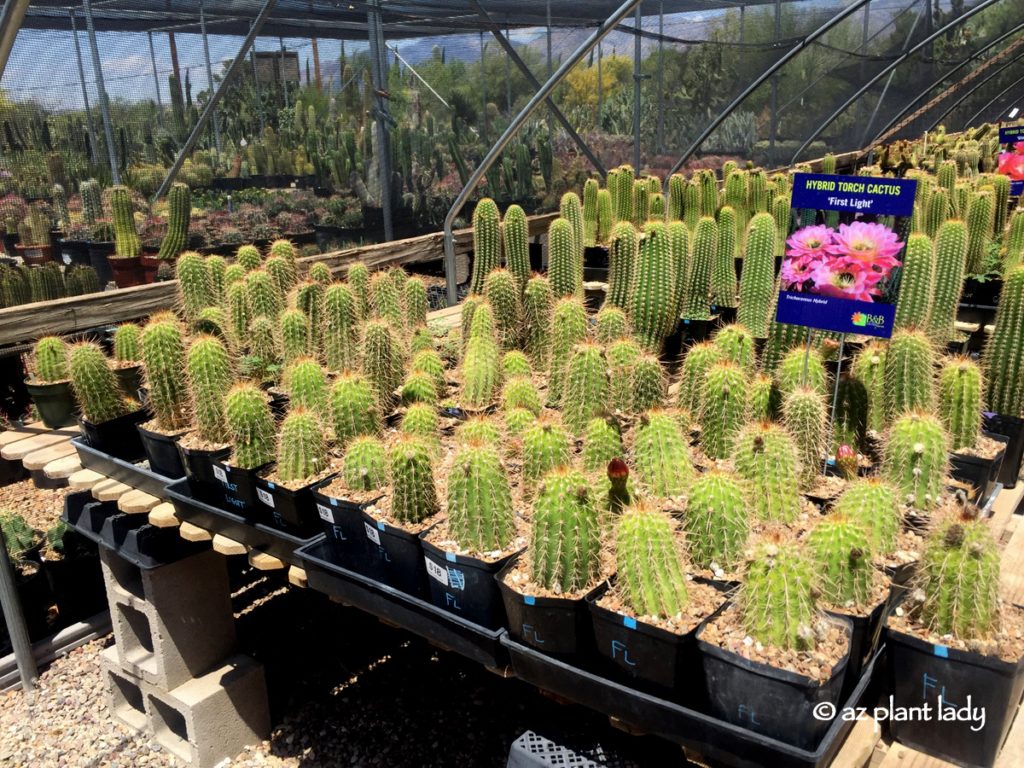
B&B Cactus Farm
Exploring B&B Cactus Farm
Whenever I find myself in Tucson, I always try to find time to visit B&B Cactus Nursery. They have a large selection cacti, including my favorites – Torch cactus (Trichocereus hybrids). While they are rather unassuming when not in flower, they transform win spring when their large blossoms open.
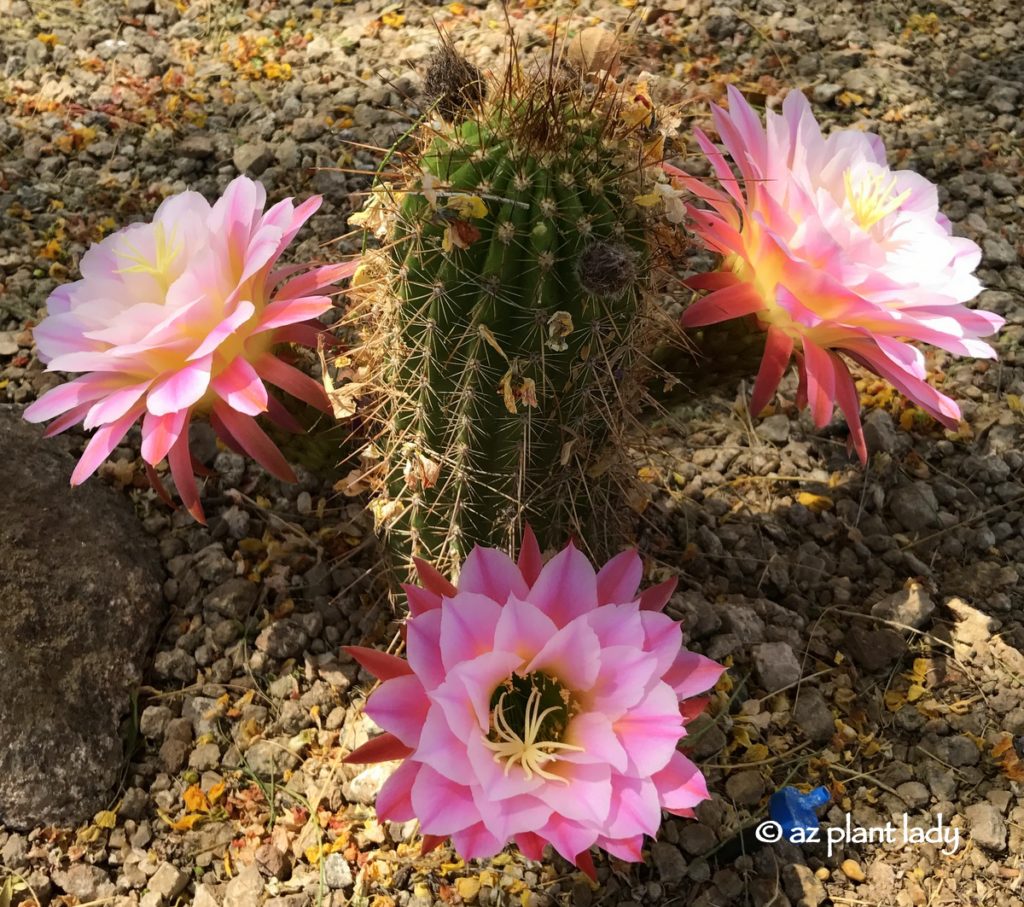
‘First Light’ Torch Cactus Hybrid
‘First Light’ Torch Cactus Hybrid
My first visit to B&B Cactus Farm was several years ago and I had the intention of buying one torch cactus. However, as often happens with me and plants, I came home with two, including this stunning ‘First Light’ torch cactus.
On my second visit, I bought a new torch cactus hybrid and a colorful blue container to plant it in.
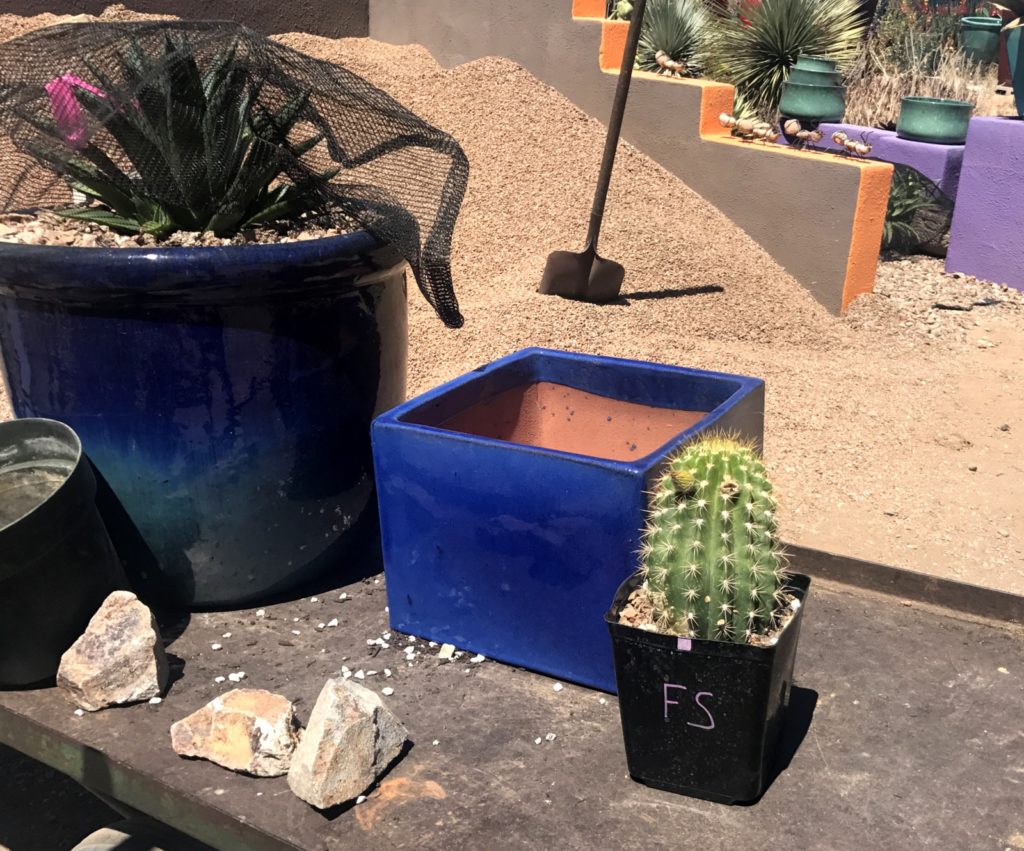
Meeting a Cactus Expert
Normally, I plant my own cactus, but a conversation with one of the cactus experts at the nursery changed my mind.
Damon was busy potting cactus at a table with a large pile of succulent potting mix behind him. I struck up a conversation with him and found that he had an interesting story that had him ending up at a cactus nursery in Arizona. He worked in the banking industry and moved to Arizona from Oklahoma a year ago, and began work at a local bank.
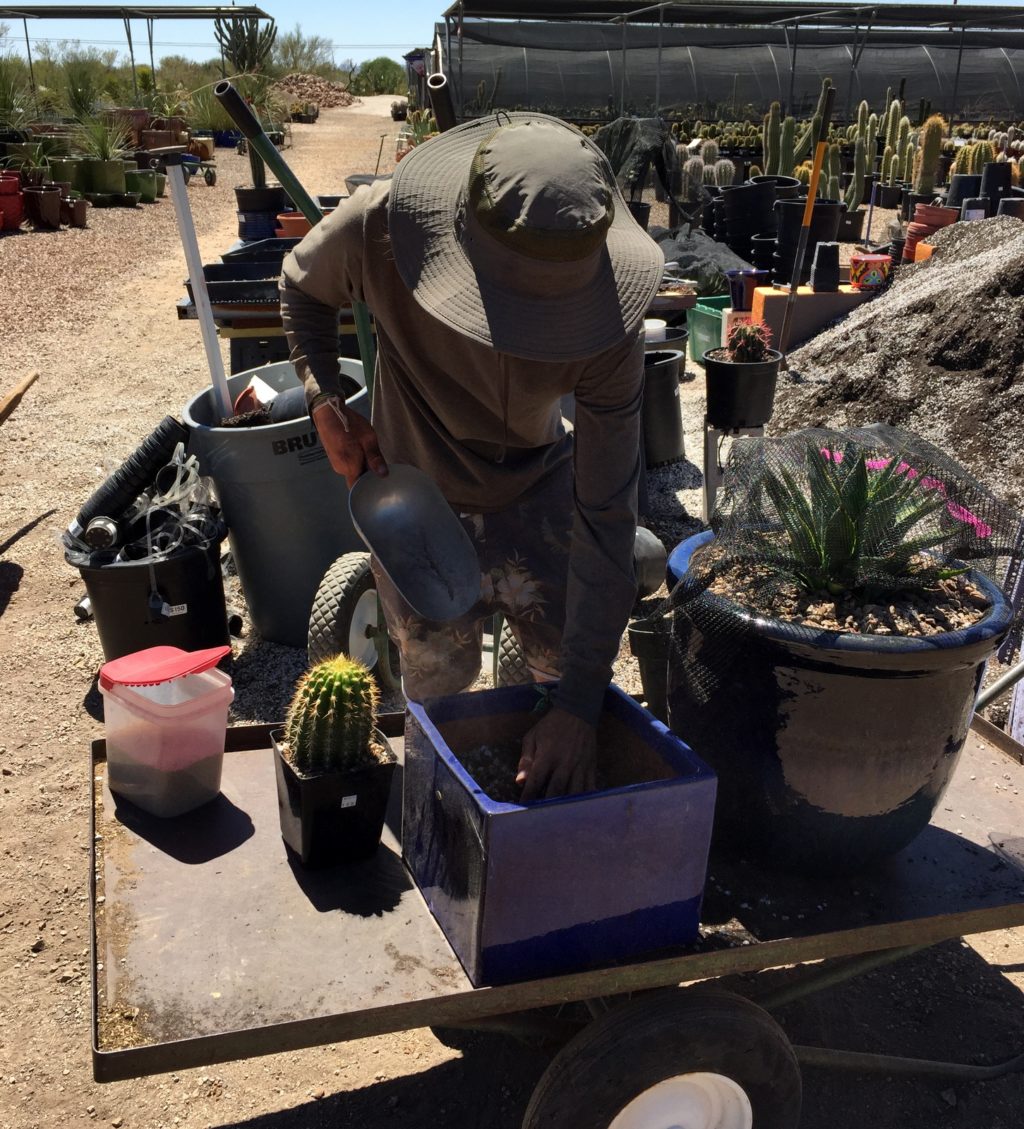
After awhile, he decided that being a banker wasn’t for him and found happiness working with cactus. As he put it, “People are always stressed about money when they visit the bank, but everyone who comes to the nursery is happy, because plants make people smile.”
We had a great time talking and I decided to have him pot my cactus, which would make it easier to transport home. When I explained that I had a gardening website and wanted to take a video of him potting the cactus, he graciously agreed and provided lots of helpful advice.
So here is a banker turned cactus expert, showing you how to plant cactus in a pot:
I hope you enjoyed Damon’s helpful tips. For more helpful videos, subscribe to my YouTube Channel.


